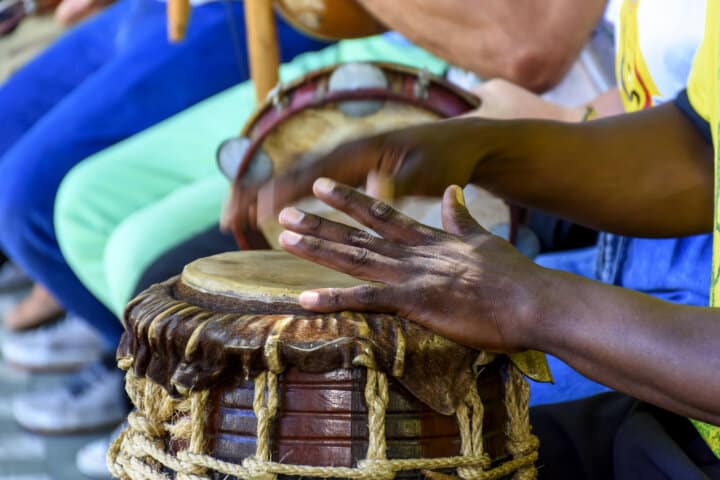Development of Visual-Motor Coordination in children with neurological dysfunctions
Barn med neurologiska dysfunktioner har försämrad prestanda i vissa övergripande motoriska funktioner som gör det möjligt för en person att till exempel skriva, och behöver pedagogiskt stöd när det gäller att utveckla dessa funktioner. Det visar Şermin Tükels avhandling.
Şermin Tükel
Ann-Christin Eliasson, Professor, Karolinska Institutet. Ann-Charlotte Smedler,
Annika Dahlgren Sandberg, Professor Göteborgs universitet
Karolinska Institutet
2013-04-05
Development of Visual-Motor Coordination in children with neurological dysfunctions
Institutionen för kvinnors och barns hälsa
Development of Visual-Motor Coordination in children with neurological dysfunctions
Graphomotor skills are complex perceptual-motor skills that are dependent upon the maturation and integration of a number of cognitive, perceptual and motor skills. They gradually develop through practice and instruction, and require good communication between the visual and the motor systems. During typical development, children at 3 years of age start to use graphics to record personally or culturally significant images in their environments. They build up rich graphical representations in preschool ages, and during school they learn to write the alphabet, numbers, and symbols to communicate. Problems in graphomotor skills are commonly seen in children with neurological dysfunctions.
The overall aim in this thesis was to further investigate the development of visualmotor coordination required for graphomotor skills in different paediatric populations with neurological dysfunction in relation to sensory-motor, cognitive and behavioural parameters. In Study I, development of human figure drawings was assessed in 5 ½ year old preterm and term children. Preterm children, especially boys, showed delayed drawing skill. In whole group, stages in human figure drawing were predicted by visual perception, and proportion and circularity of human figures. In addition, developmental stage of human figure drawing explained a substantial proportion of performance IQ and overall motor ability. In Study II and III, handwriting skill was investigated in the non-involved hand of children with unilateral cerebral palsy (CP). They showed problems in size, alignment, shape, and spacing along with the readability of handwriting when compared to typically developing peers. Poor handwriting quality was related to decreased sensory-motor and cognitive functions. At follow-up after 16- months, they showed improvement in handwriting skill and in different visual-motor coordination tasks. Age and IQ explained the improvement in handwriting quality. All children with unilateral CP kept up their academic skills and passed to the next grade. In Study IV, children with Childhood Apraxia of Speech (CAS), who have motor deficit in speech, was investigated. The question was if they have a risk for global motor deficit, affecting more than the speech and non-speech oral motor function.
Results confirmed that children with CAS had decreased performance in fine and overall motor functions and adaptive behaviour. Some relationship was found between motor control of drawing and speech/non-speech oral movements. Individual data however showed a very heterogeneous profile of problems in motor and behavioural domains. To conclude, delayed development of graphomotor skills should be accommodated in educational settings with preterm children and children with unilateral CP. Intervention strategies should focus on facilitation of visual-motor coordination tasks. Children with CAS can benefit from a broader motor examination and follow-up for adaptive behavior in the clinic
Relaterade länkar

Skolbibliotek
 Åk F–Vux
Åk F–Vux Folk- och världsmusik
 Åk 4–9
Åk 4–9 




